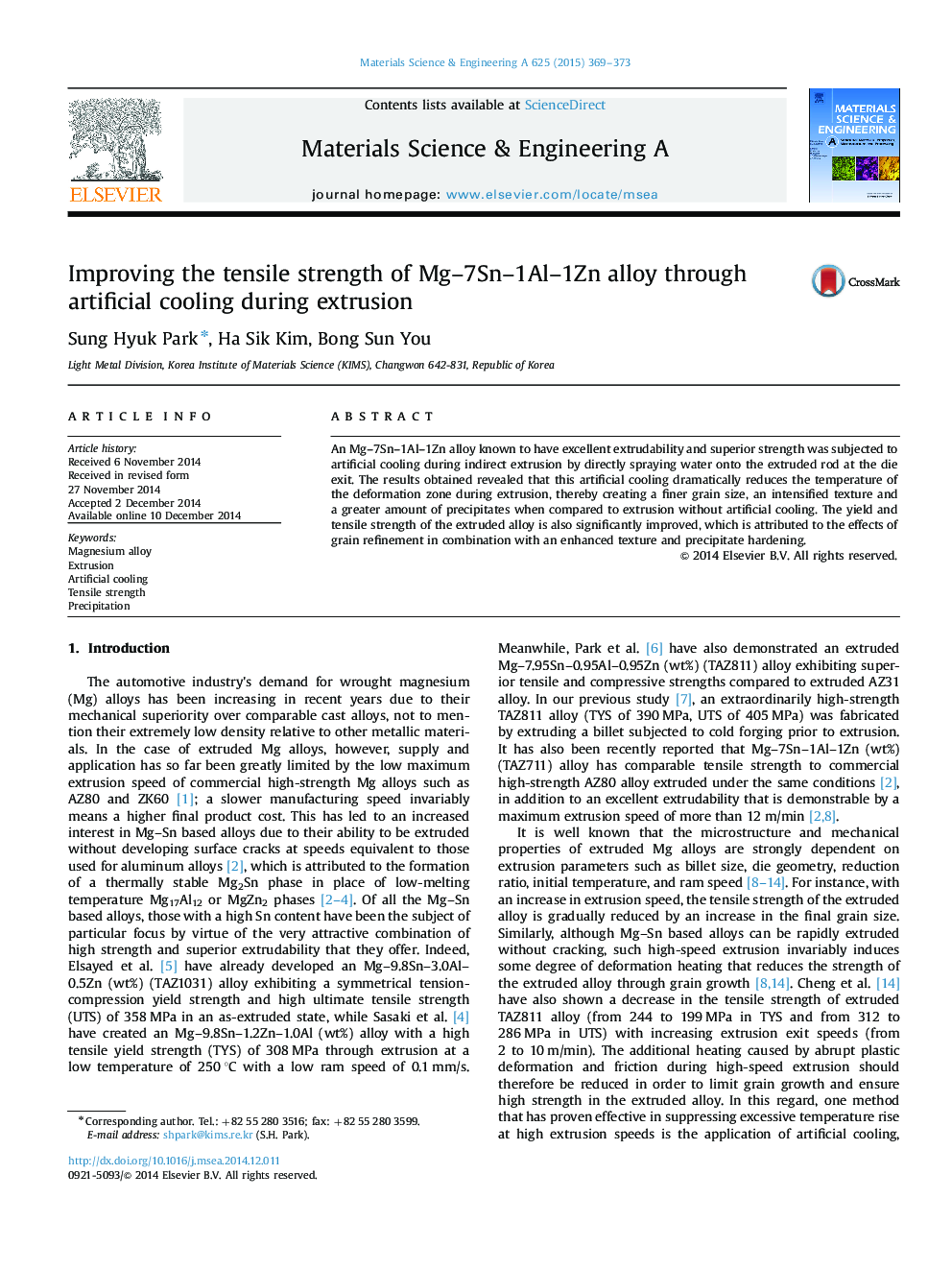| Article ID | Journal | Published Year | Pages | File Type |
|---|---|---|---|---|
| 6304928 | Journal of Great Lakes Research | 2015 | 5 Pages |
Abstract
The objectives of this study were to describe the current trophic structure of Lake Michigan's upper food web using stable C and N isotopes. We describe ontogenetic diet patterns for common Lake Michigan species as revealed by stable isotope analysis and compare these patterns during a major transitional period (2002-2003 to 2010-2012) for most trophic levels. Proportional prey assimilation for various fishes was described using a Bayesian mixing model approach, and ontogenetic patterns were described using an analysis of covariance. δ13C results reveal distinct separation between the offshore and nearshore food webs. Within the offshore food web, invertebrates and prey fishes exhibited a large range in mean δ15N values which resulted in an apparent overlap between these trophic levels. This overlap may be due to spatiotemporal variability in δ15N at the base of the food web. Within the nearshore food web, more distinct delineation of trophic levels was apparent in δ15N values. Non-dreissenid nearshore benthic invertebrates were very isotopically similar and were the primary prey for non-piscivorous nearshore fishes. Ontogenetic shifts in diet were observed for alewife, bloater, deepwater sculpin, lake trout, round goby and yellow perch. Furthermore ontogenetic diet patterns changed significantly during the study period for alewife and bloater. Our findings provide a trophic structure baseline that can inform management action and be used to evaluate further ecological change as community structure continues to evolve.
Related Topics
Physical Sciences and Engineering
Earth and Planetary Sciences
Earth and Planetary Sciences (General)
Authors
Benjamin A. Turschak, Harvey A. Bootsma,
